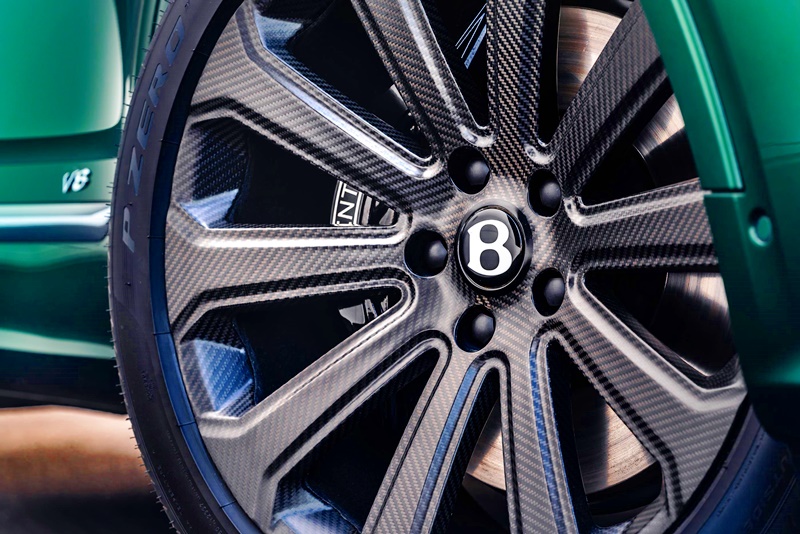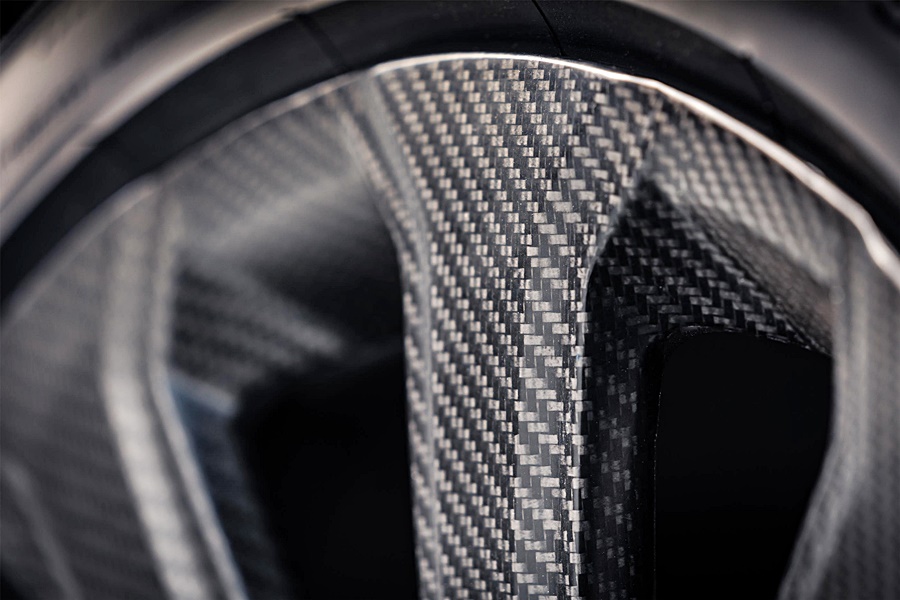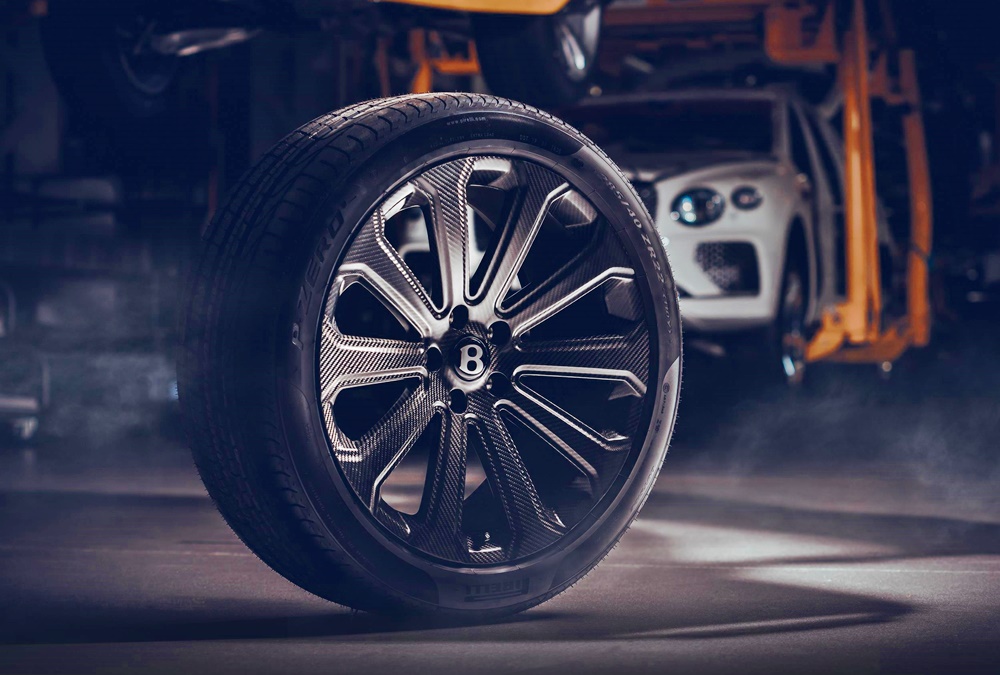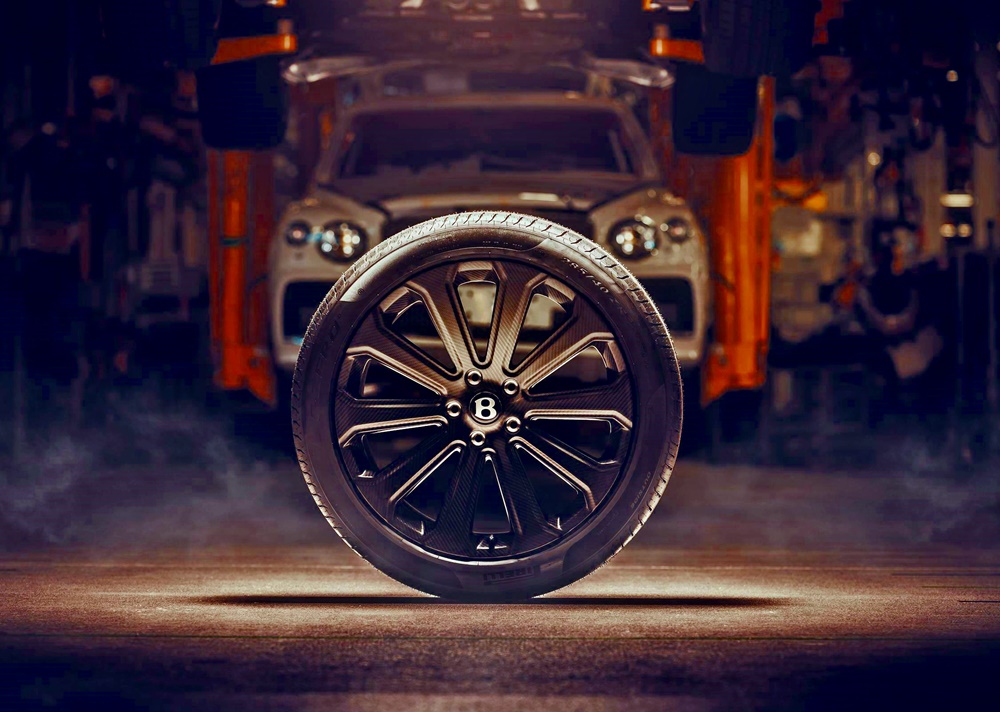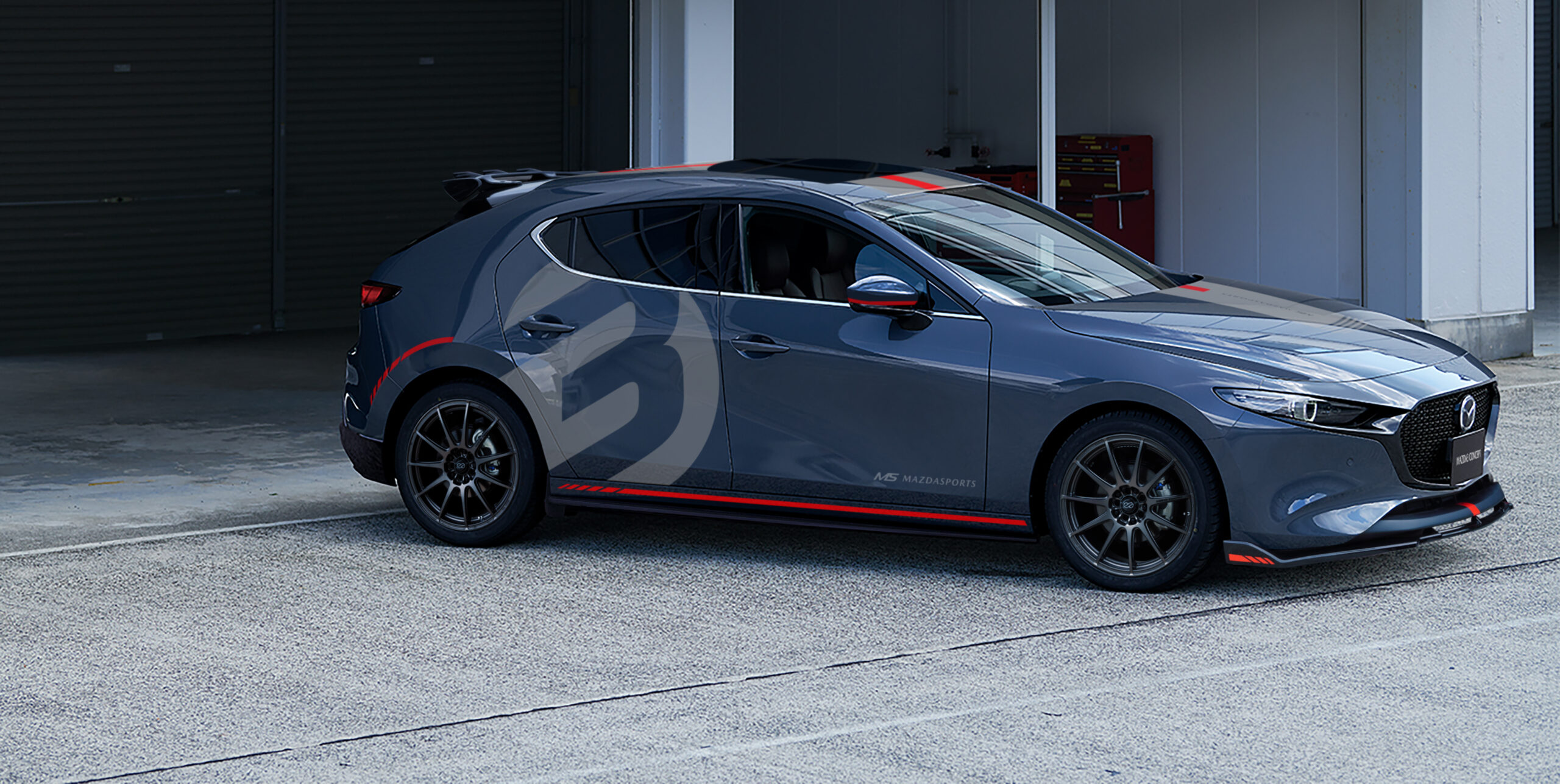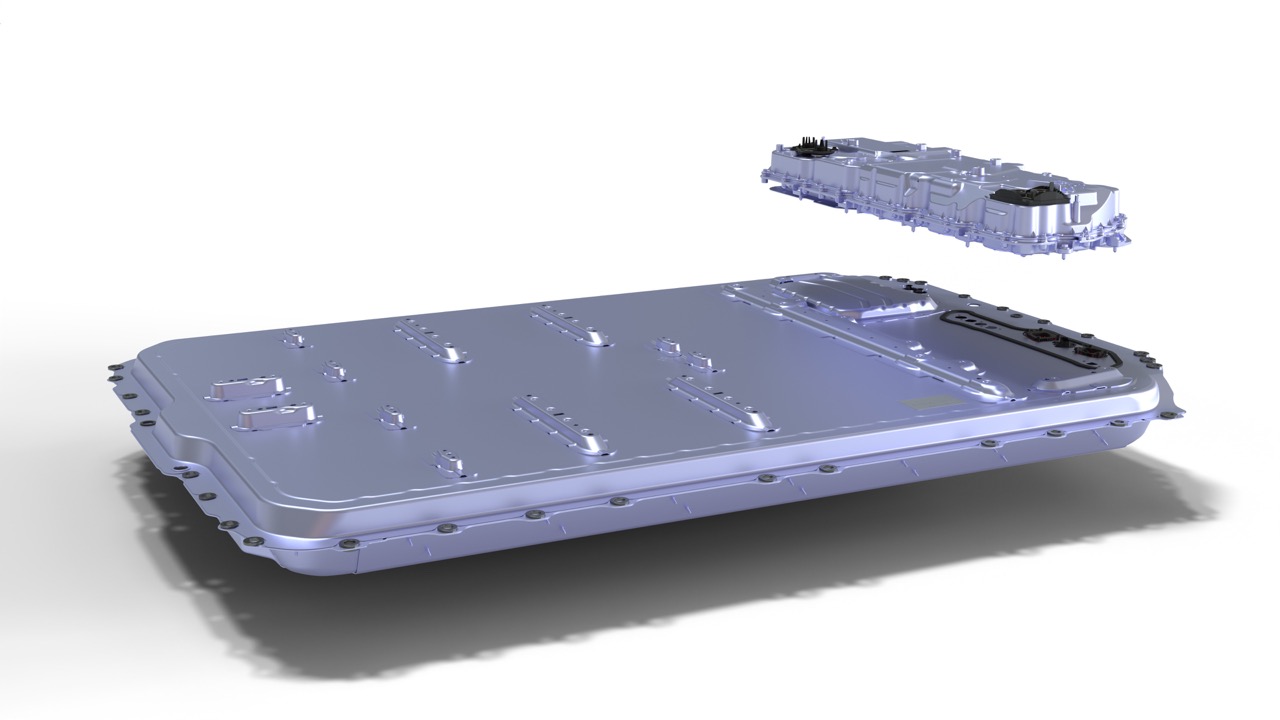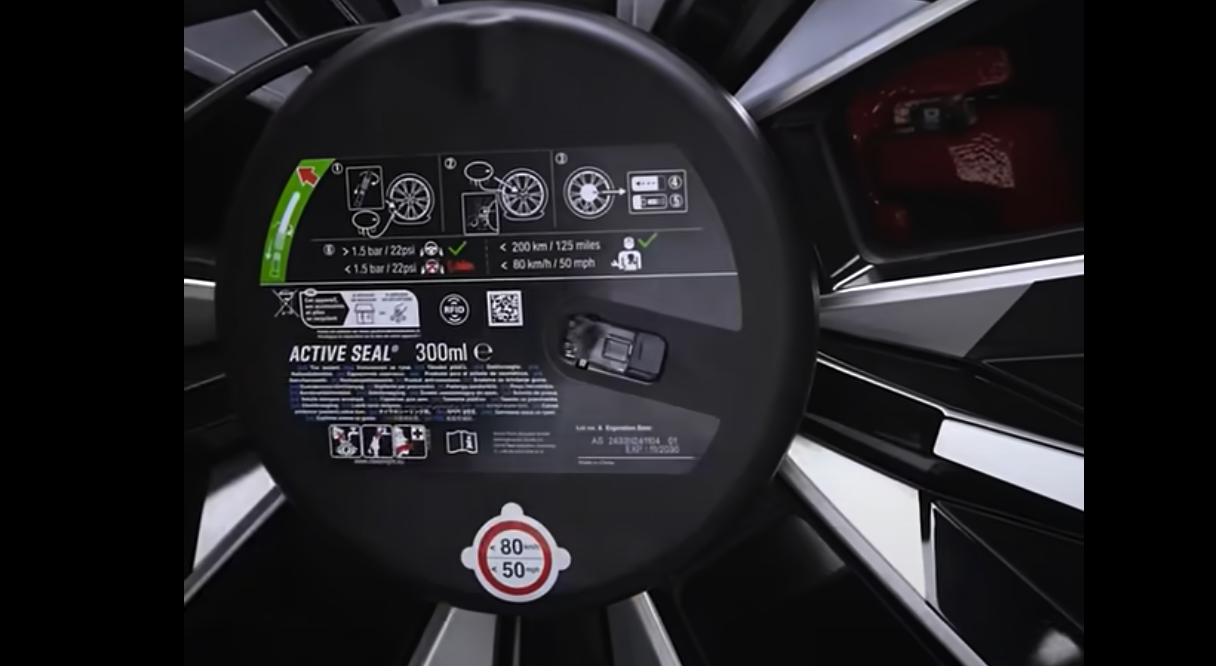The wheels for the first cars were made of wood, carrying over from the wheels of horse carriages. Eventually, metal was used, which provided much durability and complemented the auto industry’s manufacturing processes. Steel wheels were commonplace for many decades but as the need to reduce weight became more important, lightening the wheels led the industry to use aluminium alloy.
As the 1970s began, Michelin introduced in innovation for wheels – carbonfibre construction. The initial application was for a rallycar but before long, they were more widely available but still rare as they cost a great deal of money. It was only in 2013 that Koenigsegg offered monolithic carbonfibre wheels on its cars, with a set said to cost around US$40,000.
Why use carbonfibre?
One of the main advantages of using a composite material like carbonfibre is that it is lighter than steel or aluminium. The nature of the material also means it generates less noise and vibrations, making for a nicer, quieter ride. This makes such wheels desirable for luxury cars but their cost remains high.
After years of development with one of the world’s leading composite suppliers, Bentley now has a new carbonfibre wheel developed specifically for the Bentayga. The 22-inch wheel, engineered with Bucci Composites of Italy, is to be the largest carbonfibre wheel in production in the world. It offers a vast range of benefits beyond the initial 6-kg improvement in unsprung mass per wheel.
Meeting tough TUV standards
The new wheel has been subjected to the exceptionally rigorous TUV standards and is the first carbonfibre wheel ever produced to pass all tests. The newly developed rim has undergone the most rigorous testing for non-metallic wheels according to the new TUV standards including biaxial stress testing, radial and lateral impact testing for simulating potholes and cobblestones, tyre overpressure, and excessive torque tests exceeding the permitted limits.
One of the most severe tests of the TUV requirements – the impact test – has shown how the carbonfibre rim is extremely safe in addition to the performance benefits. After a severe impact which would crack or shatter an aluminium wheel, the carbonfibre rim allows a slow tyre deflation, thanks to the intelligent layering of fibre weaves, allowing the vehicle to come to a controlled, safe stop. This would be of great value to a vehicle like the Bentayga which has off-road capabilities.
The new wheel has also been subjected to extremely high speeds. Engineers ran numerous tests around the Nurburgring Nordschleife before final sign-off to go into production.
The technological benefits
Carbonfibre not only provides a significant weight saving, but also offers the additional benefits of increased strength and stiffness. This leads to increased safety – when the rim receives a high impact, the weave pulls apart leaving openings to allow gradual air loss rather than instant deflation like an aluminium rim.
There’s also increased steering agility, thanks to the weight saving and the high stiffness afforded by the properties of carbonfibre which create a more stable and consistent steering platform. In comparison, a forged aluminium rim can lose up to a degree of camber due to wheel flex, reducing grip and agility.
The driver will also have improved and more responsive braking due to the decrease in unsprung mass. Reduced tyre wear is also a long-term benefit as the stiffer carbonfibre rim does not suffer from the same amount of bending. It therefore allows for greater tyre stability and a more consistent contact patch on a larger tyre support surface.
The production processes
One of the main innovations lies in the rim manufacturing process, which involves the application of innovative concepts (covered by patents) combined with the use of high-pressure RTM (Resin Transfer Moulding). The materials and production parameters have been carefully studied to ensure the repeatability of the product without affecting its quality.
The process involves the cutting of carbonfibre cloth into prescribed shapes. The weave segments are then stacked, heated and draped into a mould to create three-dimensional preforms. The preforms are collated and arranged into a larger mould before resin and hardener is injected throughout. After curing time at temperature, the component assembly is removed from the mould, and the final surfaces are machined to the correct finish, before polishing.
Joining Mulliner products in late 2021
The new carbonfibre wheel for the Bentayga will be join Bentley’s existing carbonfibre products, which include the highly sought-after Styling Specification that adds a carbonfibre front splitter, sill extensions and rear diffuser, and the option of high gloss carbonfibre veneer to the interior.
Click here for other news and articles about Bentley.





